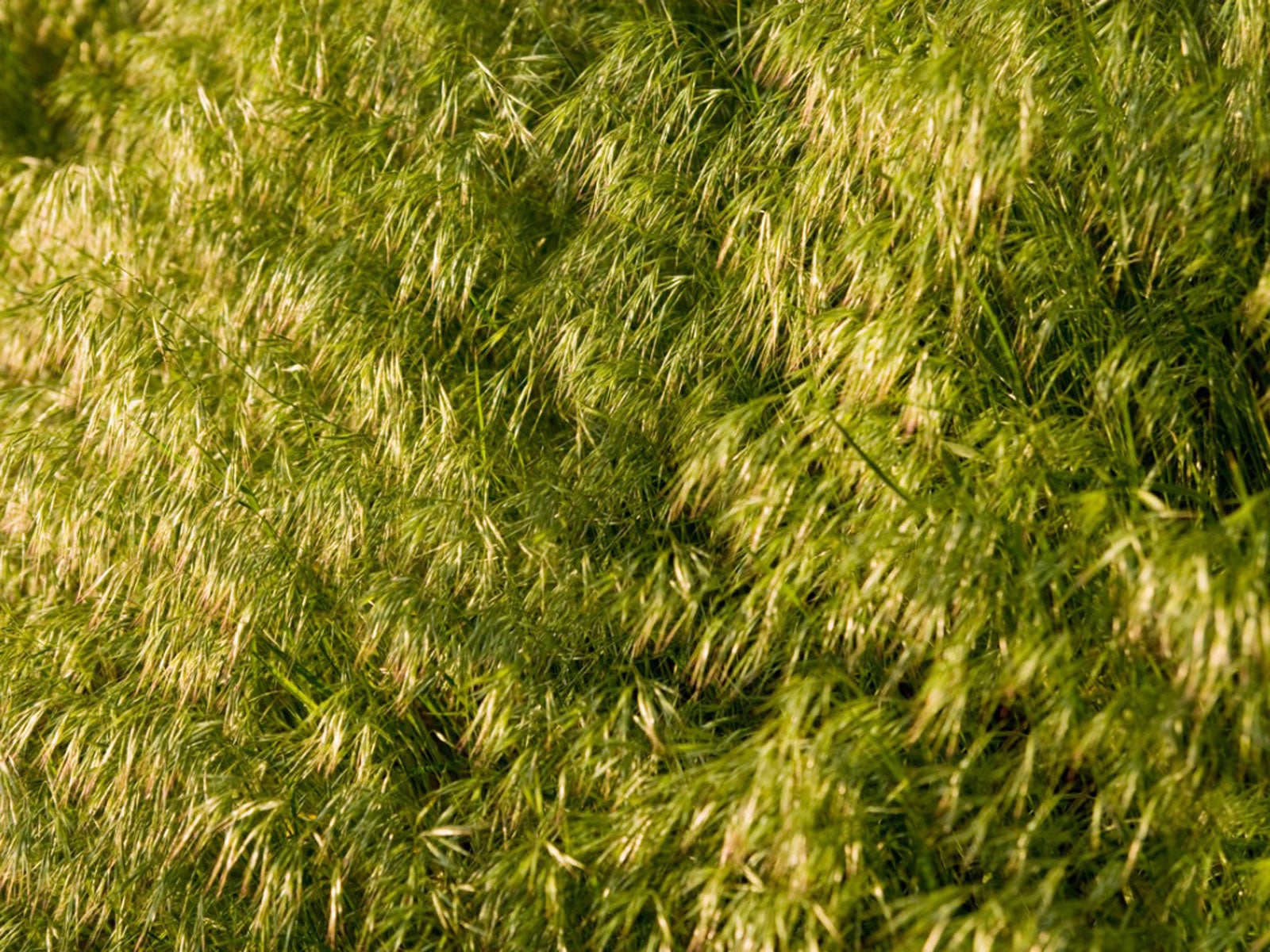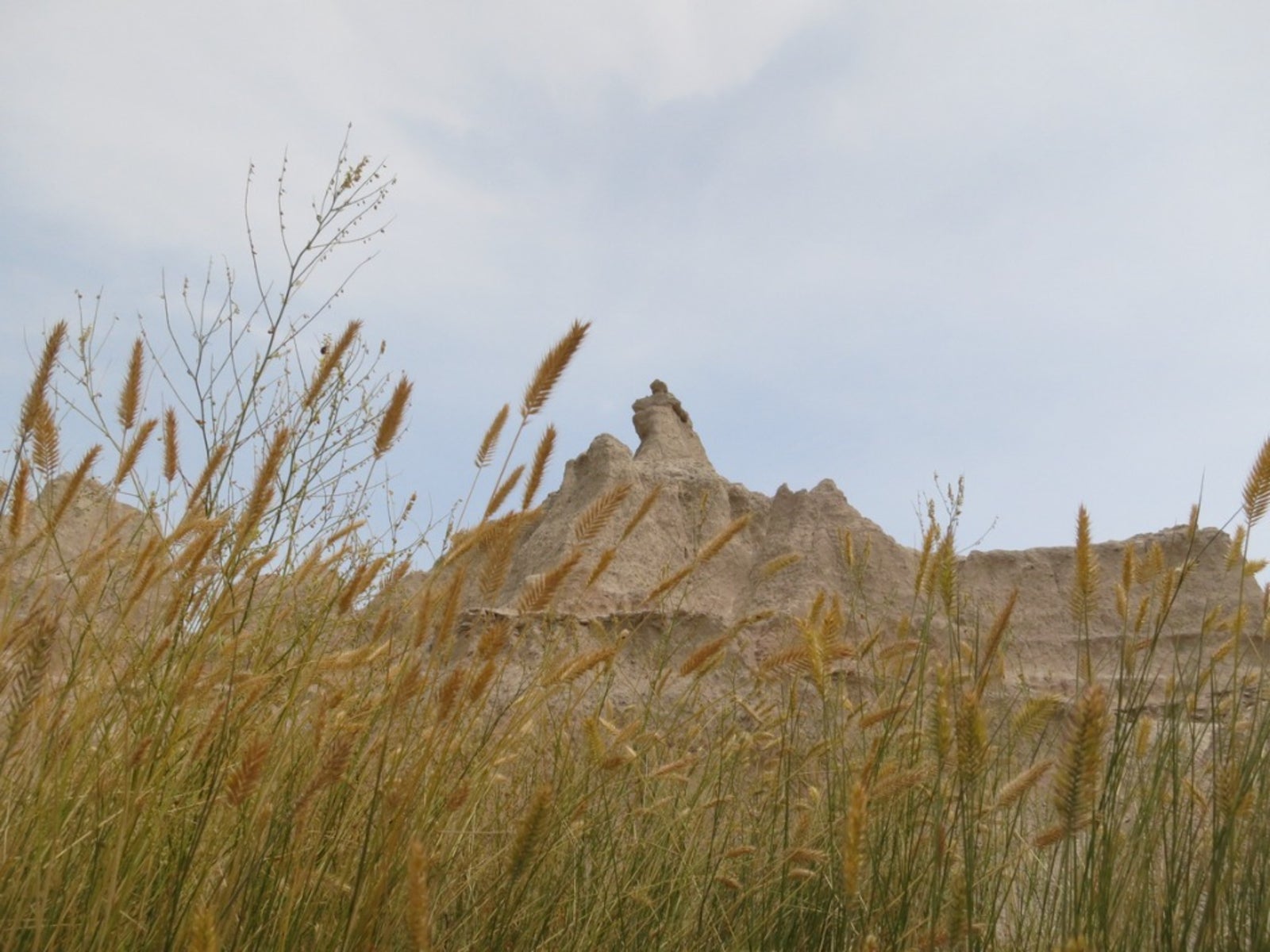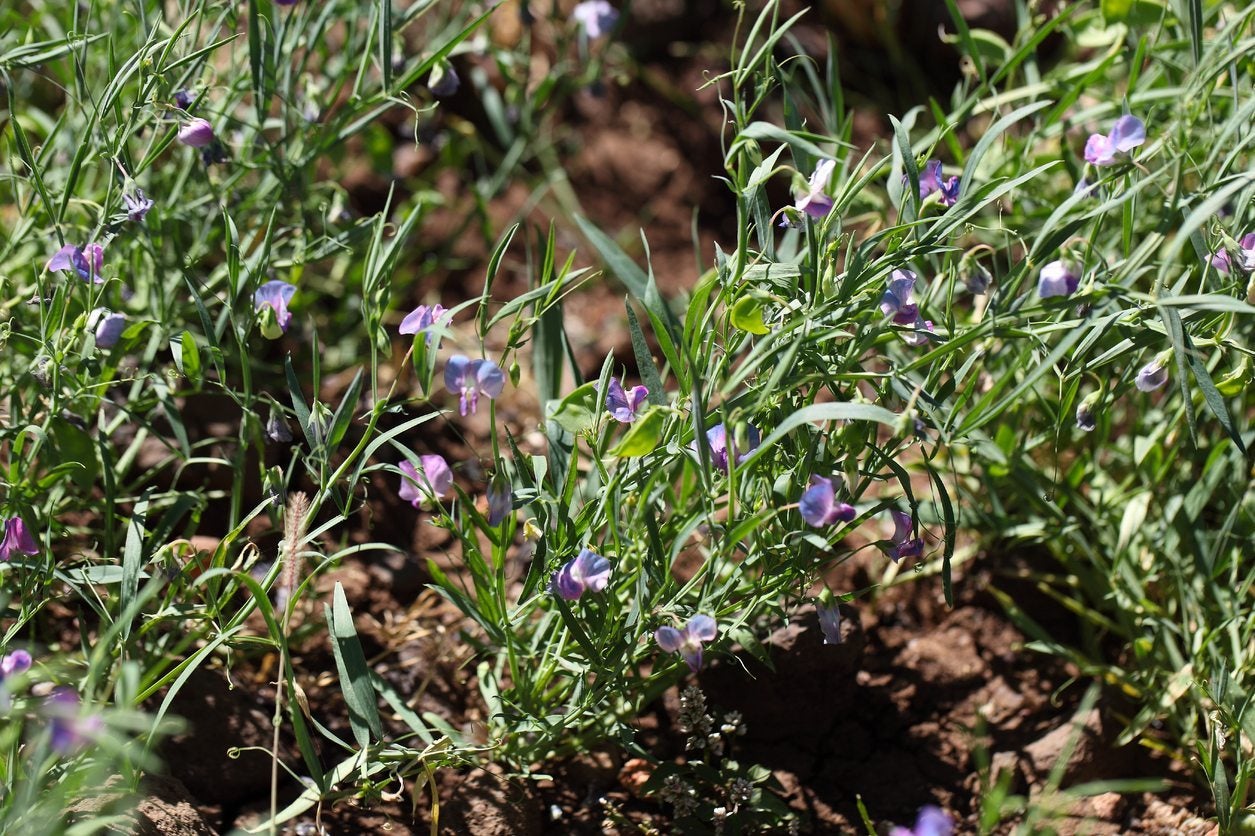Cons To Cover Crop Planting: What Are Some Disadvantages Of Cover Crops

One of the major problems with commercial farming is surface erosion, which causes environmental sediment pollution. A solution to this problem is to plant cover crops. There are many advantages to cover cropping but are there cons to cover crop planting? What are some disadvantages of cover crops?
Cover Crop Advantages and Disadvantages
As mentioned above, there are both cover crop advantages and disadvantages. More often, the advantages outweigh the disadvantages, hence more farmers and home gardeners alike are turning to the use of cover cropping. First of all, the planting of dense cover crop stands slows down the velocity of rainfall, which prevents erosive runoff. Also, their interwoven root systems help anchor the soil and increase porosity, creating a welcoming habitat for soil macrofauna. This leads to increased soil fertility. Cover crops or green manure are often of the legume variety since legumes are high in nitrogen, which is a necessary nutrient for crop production. However, other cover crops may be grown and are chosen for the specific needs and goals of the farmer/gardener along with weighing biological, environmental, social, cultural, and economic factors. The benefits of cover crops are well documented. They improve sustainability, reduce soil erosion, and nutrient leaching, suppress weeds, and protect water quality by lessening the loss of nutrients, pesticides, and sediment. So, what are some disadvantages of cover crops?
Cons to Cover Crop Planting
A cover crop disadvantage for commercial farmers is the cost. The crop must be planted at a time when labor, as well as time, is limited. Also, there is the additional cost of planting the cover crop and then tilling it back under which means more labor. Additionally, cover crops may reduce or increase the soil’s moisture effects based on weather conditions or management practices. Furthermore, cover crops may be difficult to include with tillage. Occasionally, cover crops increase insect pests and disease. Sometimes, they may foster allelopathic consequences-- harmful effects from the release of biochemicals onto successive crops. Both the advantages and disadvantages should be carefully researched and considered before choosing to plant cover crops. For sure, cover cropping works for sustainable crop production and is an environmentally healthy management technique that is gaining favor in many agricultural areas.
Gardening tips, videos, info and more delivered right to your inbox!
Sign up for the Gardening Know How newsletter today and receive a free copy of our e-book "How to Grow Delicious Tomatoes".

Amy Grant has been gardening for 30 years and writing for 15. A professional chef and caterer, Amy's area of expertise is culinary gardening.
-
 What Is A Pollinator Garden? Grow Gorgeous Blooms While Benefiting Your Local Ecosystem
What Is A Pollinator Garden? Grow Gorgeous Blooms While Benefiting Your Local EcosystemPollinator gardens look great and also provide a diverse ecosystem that benefits your local pollinating insects and animals. Get started today with this guide!
By Bonnie L. Grant
-
 5 Tough Urban Trees That Thrive In Cities – Top Picks For Urban & Suburban Landscapes
5 Tough Urban Trees That Thrive In Cities – Top Picks For Urban & Suburban LandscapesExplore the best urban trees that will add value to even the most challenging of landscapes. Get growing with these ideas and enjoy all the benefits of trees.
By Teo Spengler
-
 Best Late Summer And Early Fall Cover Crops
Best Late Summer And Early Fall Cover CropsPlanting cover crops is a gift you can give to your garden’s soil. Read on to learn about planting cover crops in late summer.
By Bonnie L. Grant
-
 Sunn Hemp Plant Info – Learn Sunn Hemp Uses And Care
Sunn Hemp Plant Info – Learn Sunn Hemp Uses And CareSunn hemp grass is a warm weather grass. Click to learn more about Sunn hemp uses as well as helpful tips on growing Sunn hemp as a cover crop.
By Mary H. Dyer
-
 Native Cover Crops: Vegetable Cover Cropping With Native Plants
Native Cover Crops: Vegetable Cover Cropping With Native PlantsAre there any benefits to using native plants as cover crops? Click here to learn more about vegetable cover cropping with native plants.
By Laura Miller
-
 What Is Field Brome – Information About Field Brome Grass
What Is Field Brome – Information About Field Brome GrassField brome grass can be used as a cover crop to control erosion and enrich the soil. For more information, click the following article.
By Laura Miller
-
 What Is Western Wheatgrass – How To Grow Western Wheatgrass
What Is Western Wheatgrass – How To Grow Western WheatgrassWheatgrass is native to North America and graces the Southwest, Great Plains and mountainous regions of the western U.S. It has some erosion control benefits but using western wheatgrass for grazing is the primary purpose. Learn more about it here.
By Bonnie L. Grant
-
 What Is Chickling Vetch – Growing Chickling Vetch For Nitrogen Fixing
What Is Chickling Vetch – Growing Chickling Vetch For Nitrogen FixingWhat is chickling vetch? Also known by various names such as grass pea, white vetch, blue sweet pea, Indian vetch, or Indian pea, chickling vetch is a nutritious legume grown to feed livestock and humans in countries around the world. Learn more about the plant here.
By Mary H. Dyer
-
Establishing Kura Clover: Learn How To Grow Kura Clover Plants
You no doubt have heard about the four-leaf clover, but few gardeners are familiar with kura clover plants. Kura is a forage legume and if you are interested in growing kura as a groundcover or establishing kura clover for some other use, this article will help.
By Teo Spengler
-
 What Are Austrian Winter Peas: A Guide To Growing Austrian Winter Peas
What Are Austrian Winter Peas: A Guide To Growing Austrian Winter PeasWhat are Austrian winter peas? Also known as field peas, Austrian winter peas have been grown around the world for centuries, primarily as a valuable source of nutrition for humans and livestock. Click this article for info on growing Austrian winter peas.
By Mary H. Dyer